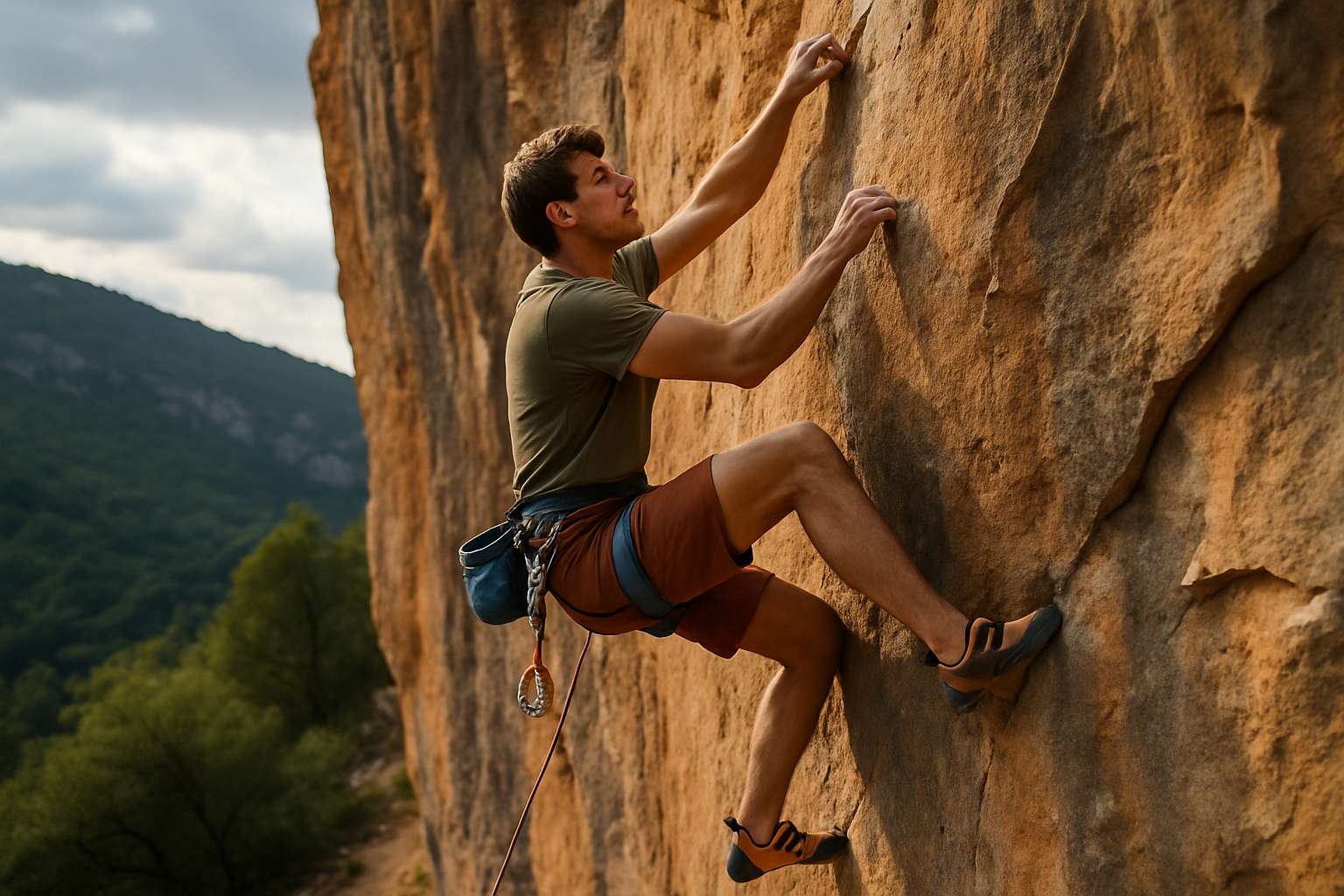The Intriguing World of Sport Climbing: A Comprehensive Exploration
The world of sports is vast and diverse, constantly evolving with new disciplines and techniques. One such sport, albeit less mainstream yet growing in popularity, is sport climbing. This article delves into the riveting world of sport climbing, exploring its historical evolution, current trends, and real-world applications. Strap in and prepare to scale the heights of knowledge as we ascend the vertical world of sport climbing.

The Historical Roots of Sport Climbing
Sport climbing has its roots in mountaineering, a practice that dates back to the early 19th century. Originally, climbing was a necessity, a means to traverse difficult terrain during alpine expeditions. However, over the years, the climbing techniques used by mountaineers evolved into a separate discipline - sport climbing. This evolution was driven by thrill-seekers who began to see climbing not just as a means to an end, but as an end in itself.
The Transition: Sport Climbing in the Modern Era
In the late 20th century, sport climbing emerged as a distinct discipline, separating it from traditional climbing and mountaineering. The primary difference lies in the use of pre-placed protection, which significantly reduces the risk of a dangerous fall. This transition allowed sport climbers to focus on the physical and technical challenges of climbing, pushing the boundaries of what was thought possible.
The Current Scenario: Trends and Developments
Today, sport climbing is recognized around the world, with a thriving competitive scene. It has even been included in the Olympic Games, marking its prominence in the sporting world. Modern sport climbing is characterized by its emphasis on strength, endurance, flexibility, and technique. Furthermore, it is also witnessing a surge in indoor climbing gyms, making the sport more accessible than ever.
The Real-World Impact: Benefits and Challenges
Sport climbing offers a unique blend of physical and mental challenges. It demands strength, flexibility, and endurance, making it an exceptional form of exercise. Beyond the physical, it also requires mental fortitude, problem-solving skills, and a high degree of focus. However, despite its benefits, sport climbing also poses challenges. Access to climbing locations and proper training facilities can be limited, and the sport carries inherent risks that require comprehensive safety measures.
The Future of Sport Climbing: An Expert Perspective
The future of sport climbing looks promising, with growing recognition and participation. Emerging trends include the use of technology to enhance training, the push for environmental responsibility, and the increased focus on youth development. Despite the challenges, the sport is poised for continued growth, driven by its unique blend of physical challenge and mental engagement.
In conclusion, sport climbing is a fascinating world, offering a unique blend of physical and mental challenges. Its historical roots, current trends, and future prospects make it a compelling topic in the sports world. It is a testament to human potential, pushing the boundaries of what is physically and mentally possible. As the sport continues to evolve, it will undoubtedly continue to inspire and challenge athletes worldwide.





